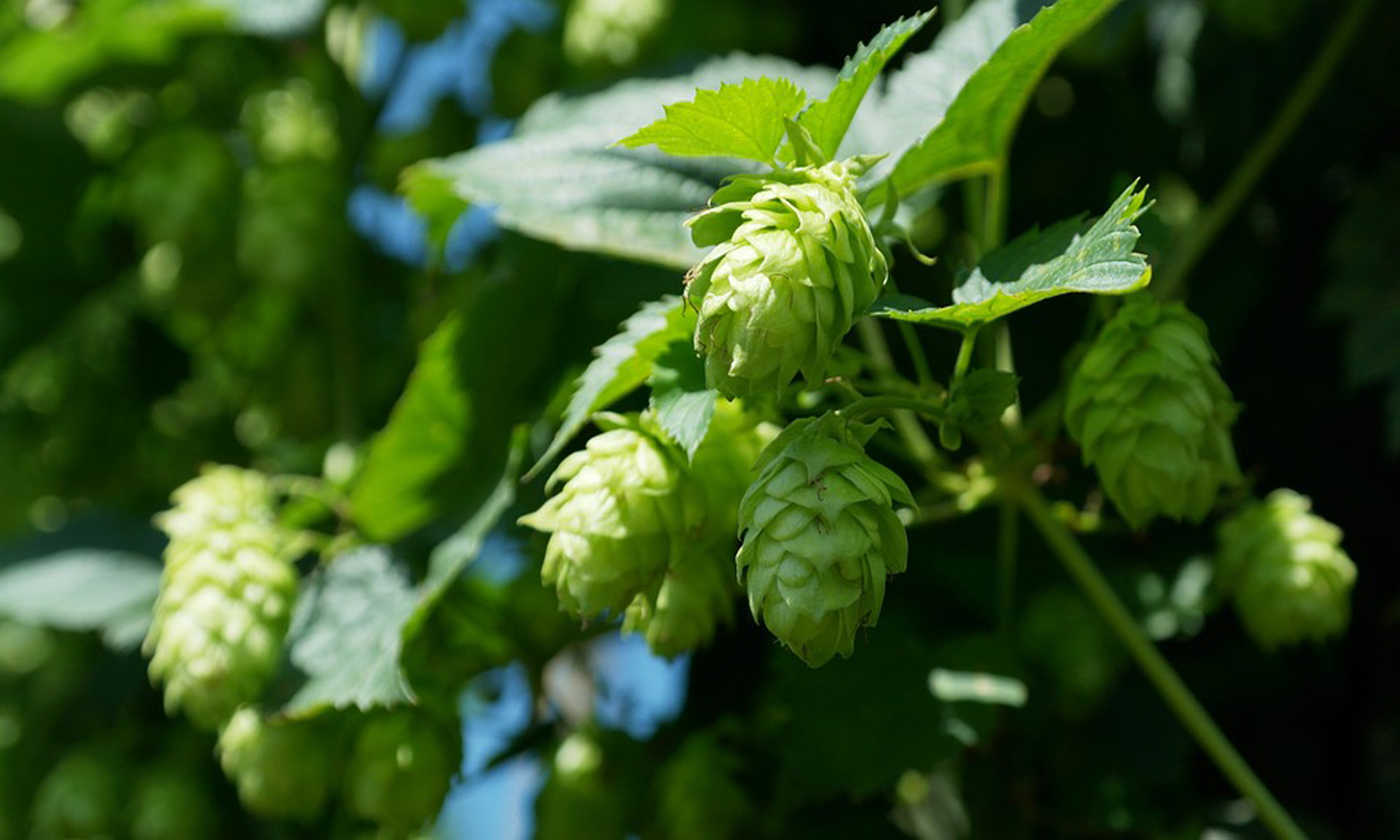This post is really more of a benefit for those that are all-grain brewers. If you are interested in learning how to all-grain brew, we do have a series on how to get into all-grain brewing. It’s a pretty good one also, gives you step by step instructions. If you have not gotten into all-grain brewing yet, this post is not meant to scare you – take it with a grain of salt.
Most think of mashing and enzymes as a switch that turns on and off at certain temperatures. Really this is not the case and shouldn’t be looked at that way. Instead you should think of it more as a bell curve. At certain points in the temperature the enzymes are most active. Most all-grain brewers have seen different rest for mash in specified in either forum post, or in magazines or even in recipes. The objective of this post really is to break down the different rest and see how it can help improve your beer. Brewing all-grain is really like driving stick, sometimes it’s nice because you have a lot of control.
Protein Rest
This occurs at 104 – 140 degrees. It is most active at 122-131 degrees. If you end up doing a quick protein rest for about 10-20 minutes at 131 degrees you will improve head retention and also reduce chill haze. It doesn’t work as well with American and British Malts but it really does benefit to the German and Belgium malts.

b-amylase rest
This is a primary sugar-producing rest. It generates maltose, which is very fermentable. B-amylase is active at 131-150 degrees. 142-146 is the most optimal range though. Longer rest times in the lower temp ranges will get you a highly fermentable wort.

a-amylase rest
This rest gives unfermentable sugars. This gives more body and also will provide a higher finishing gravity beer. This temp range normally works best at 154-162 degrees.

Ferluic Acid Rest
This rest is one that people who make wheat beers sometimes use. It is short but its at 111-115 degrees. It develops ferulic acid. Doing this rest aids to the clove like flavors that are in wheat beers..

Acid Rest
An acid rest is used at 86 degrees to 136 degrees. Doing a rest at this point creates phytase and lowers the mash pH. Today many brewers will just add acidulated malt or different water treatments, this particular rest is really not needed.

B-glucanase rest
This rest is at 98-113 for 20 minutes. You use this rest when you are using a lot of starches in the beer. It helps break them down a bit and prevents them from getting to gummy.

Conclusion
If you are just getting into homebrewing or just getting into all-grain I would read this and take it with a grain of salt. This post is really towards those that have been doing it for a while and want to fine tune their recipes. A ll of these different rest are easier to do if you have a pot that is a mash tun rather than a cooler. For a cooler what you have to do is add hot water and to elevate the temp and stir the mash to lower the temperature. When using a pot, you just have to add some heat to the pot and there you go.
I hope this clarify’s a bit more on how to use to use these different rest in mashing and will also clear up some confusion about what temps you need to hit and what to expect out of it.
Cheers,















